
I've spent more than 200 hours testing vacuum cleaners and many more writing reviews, features and expert guides. As a result, I know this market and the technology on offer inside and out.
From my experience, not every specialist vacuum feature is what it's promised to be. Whilst almost all of them sound good, it's easy to get swept up by marketing promises.
Here, I dive into the vacuum features that are, in my opinion, mostly gimmicks. Surprisingly, even some of the best vacuums have these.
1. 'HEPA-style' filters
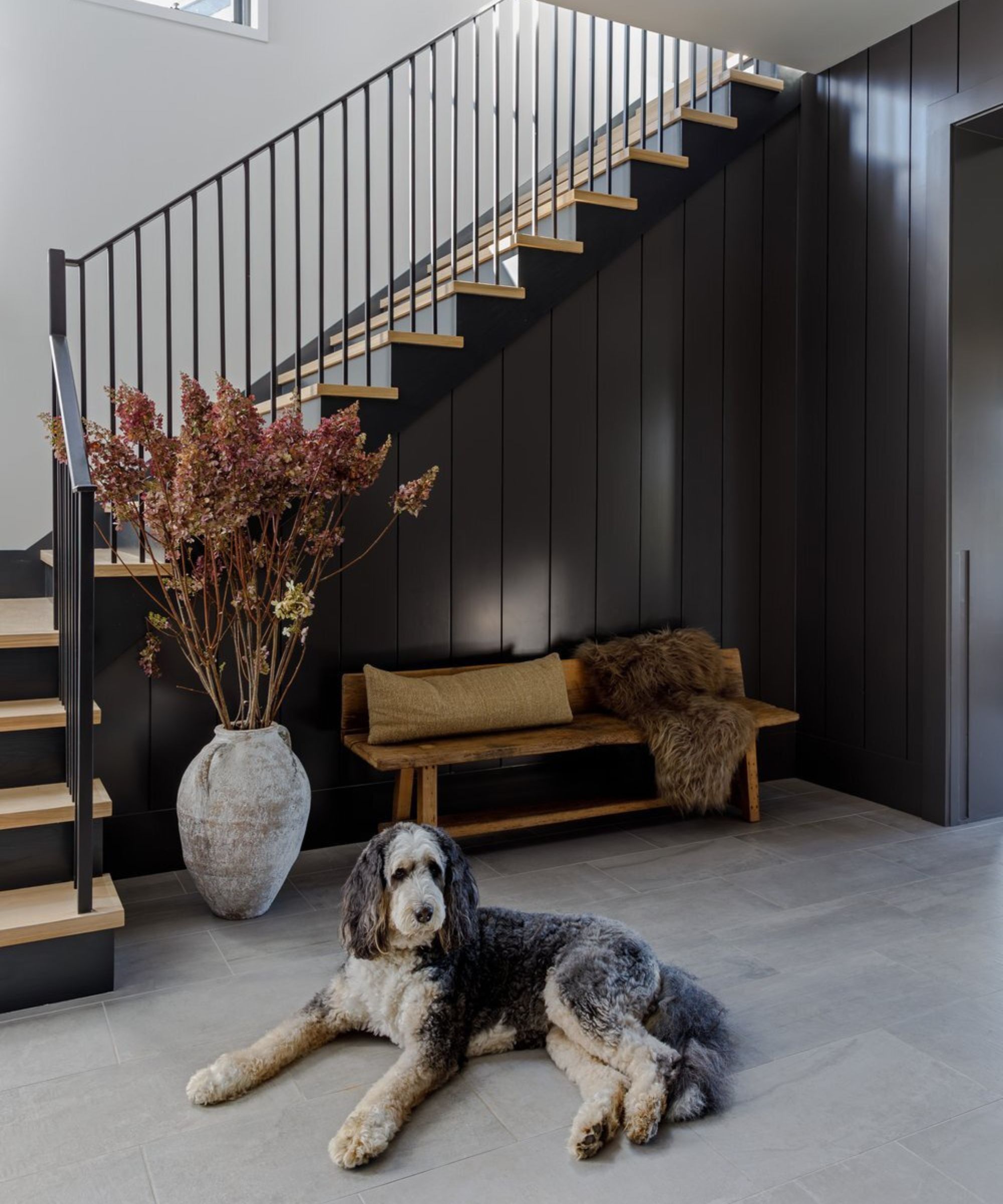
One of the key parts of choosing the right vacuum cleaner is taking note of the types of filters. A HEPA filter is almost always a must, as the best HEPA vacuums can capture at least 99.97% of particles as small as 0.3 microns, including pollen, dust and pet dander. These are the common household allergens that trigger allergy symptoms.
Many vacuum brands will claim their products have 'HEPA-style' or 'HEPA-like' filters, creating the impression, at a quick glance, that they're as effective as true HEPA filters – but they aren't. A filter must meet strict standards to be labeled as 'HEPA,' so if a brand isn't able to do so, that's because its product doesn't have an officially-certified HEPA filter.
Vacuums without HEPA filters can still do a decent job of cleaning your floors, but they expel air full of pollutants and allergens, lowering your air quality and demanding one of the best air purifiers. The filter keeps all of the dust and mess inside the vacuum for a reason.
Having tested more than 60 vacuums myself and seen the brilliance of HEPA filters in action, I would never recommend buying a non-HEPA vacuum, especially as there isn't much of a price increase for a vacuum with a HEPA filter, like the Shark POWERDETECT Upright Vacuum that costs just $299.99.
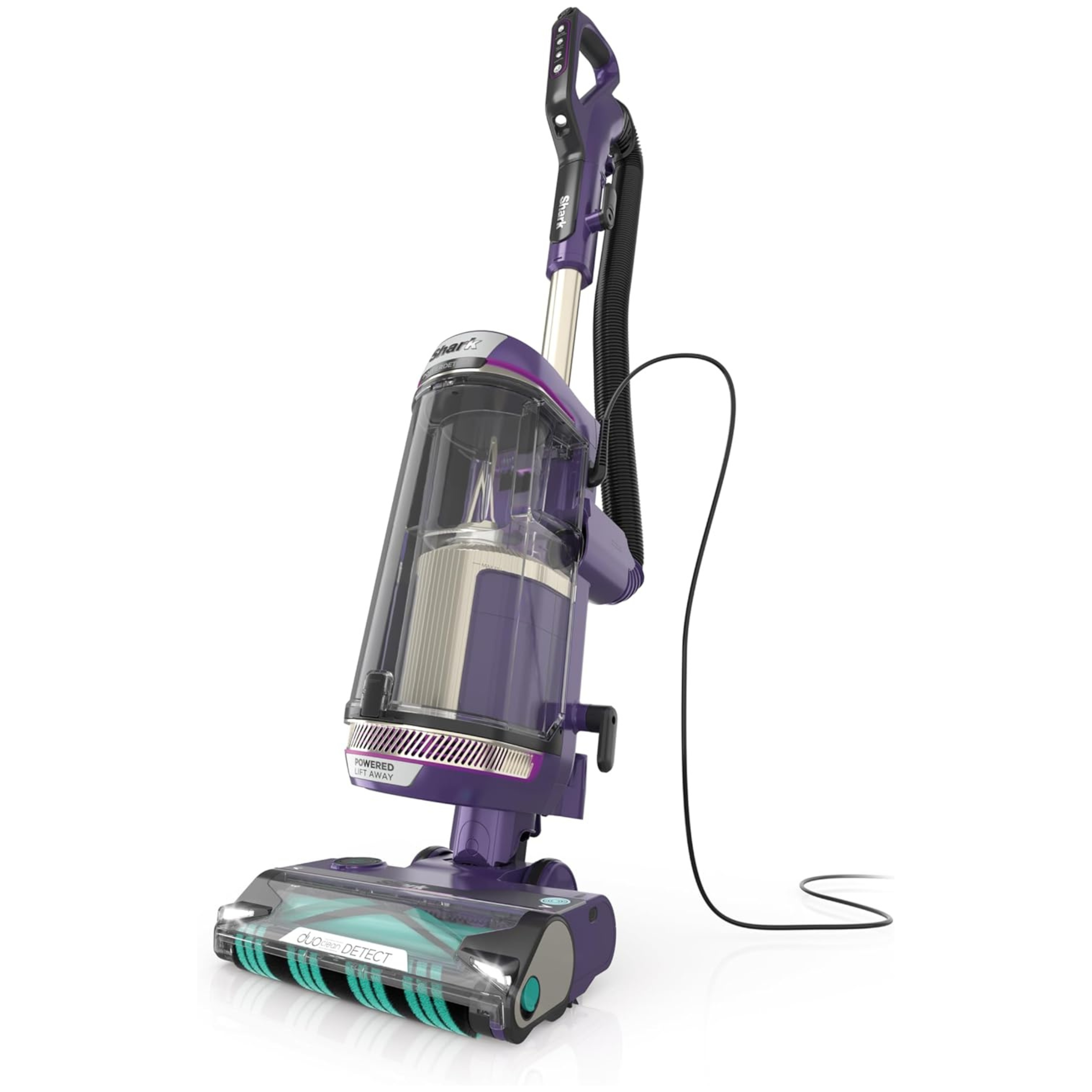
The Shark POWERDETECT is the best upright vacuum we've tested at Homes & Gardens. Its HEPA filter is perfect for trapping all manner of dust and dirt, and it has an addition 'Anti-Allergen Complete Seal' to make sure the whole appliance keeps dust inside.
Read more in our full Shark POWERDETECT review.
2. Particle counters
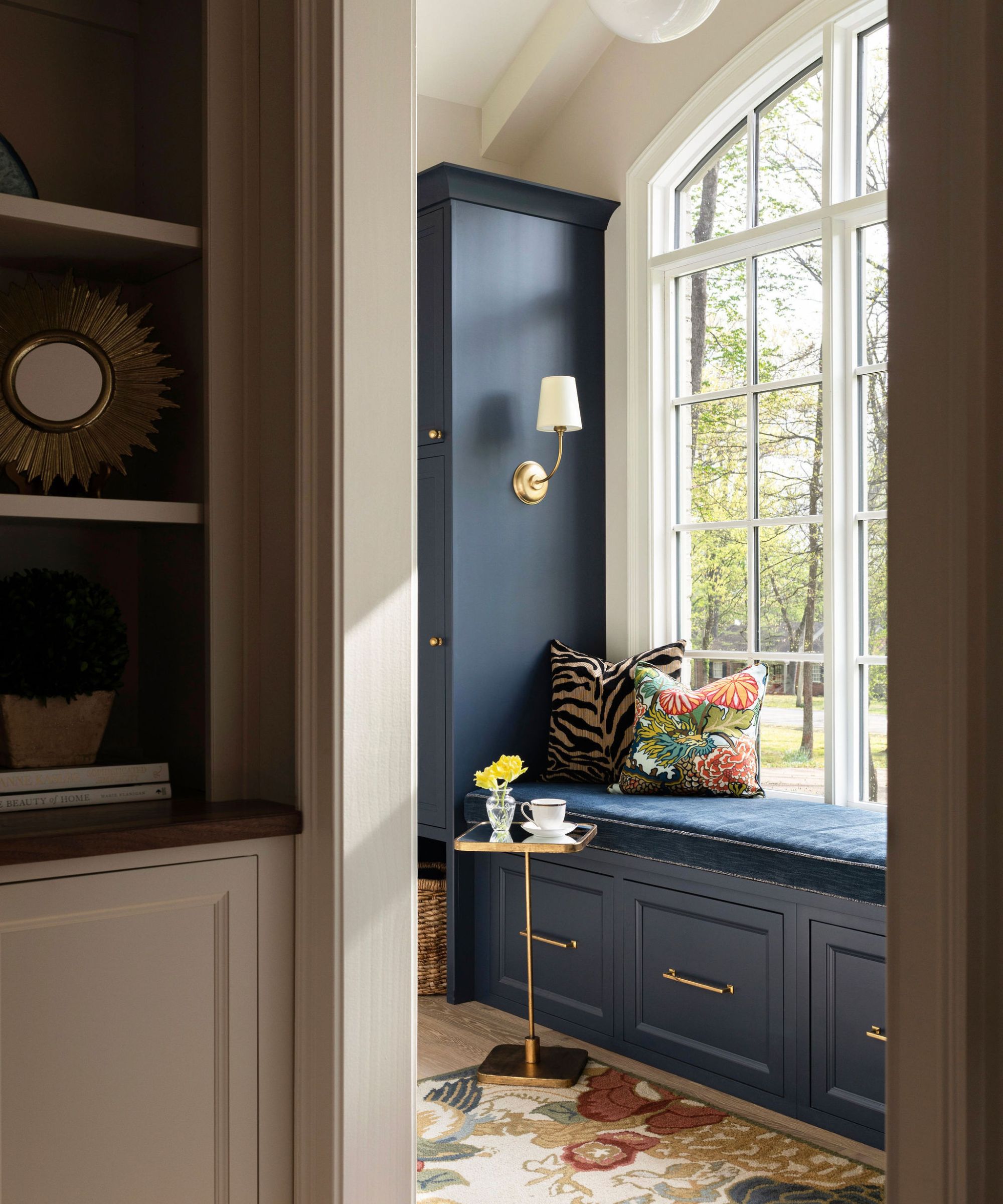
The best Dyson vacuums use a Piezo sensor to count each individual particle that's collected. On the control screen, you can see counts up to the millions for different-sized particles, showing you exactly how much your vacuum has picked up.
Now, this one isn't completely a gimmick. When vacuuming your mattress (something you should absolutely be doing), you know whether you've finished vacuuming, as sometimes you can keep the vacuum head still and the particle count will continue to rise. Normally, most of us would just keep it moving until you've covered the mattress' surface.
But for the most part, this feature is insightful but not necessary. For Dyson to include this expensive technology in their flagship vacuums such as the Dyson V15 Detect, the cost for consumers is raised without offering something that tangible.
This feature is built into Dyson's best cordless vacuums, which provide some of the best floor cleaning we've ever seen. It's part of the discussion on whether Dyson laser vacuums are worth it; the Piezo sensor is certainly making these vacuums more expensive, but Dyson vacuums have other worthy features, such as market-leading suction power, no hair-wrap, and a green laser that reveals invisible dust.
These flagship Dyson vacuums are certainly the best, but it'd be great to see a slightly more affordable model without the expensive Piezo sensor. Currently, the most affordable option is the Dyson V12 Detect Slim that costs $649.99. I use it in my own home and it's incredible.

Even at this price point, the V12 Detect Slim is the entry point into Dyson's 'Detect' vacuums with their most advanced features. It may seem a lot, but you'll be amazed at just how flawlessly it cleans. Even if the particle counter is a bit of a gimmick, at least it's a fun one, showing you which areas are dirtier than others.
Read more in my full Dyson V12 Detect Slim review.
3. Smart robots
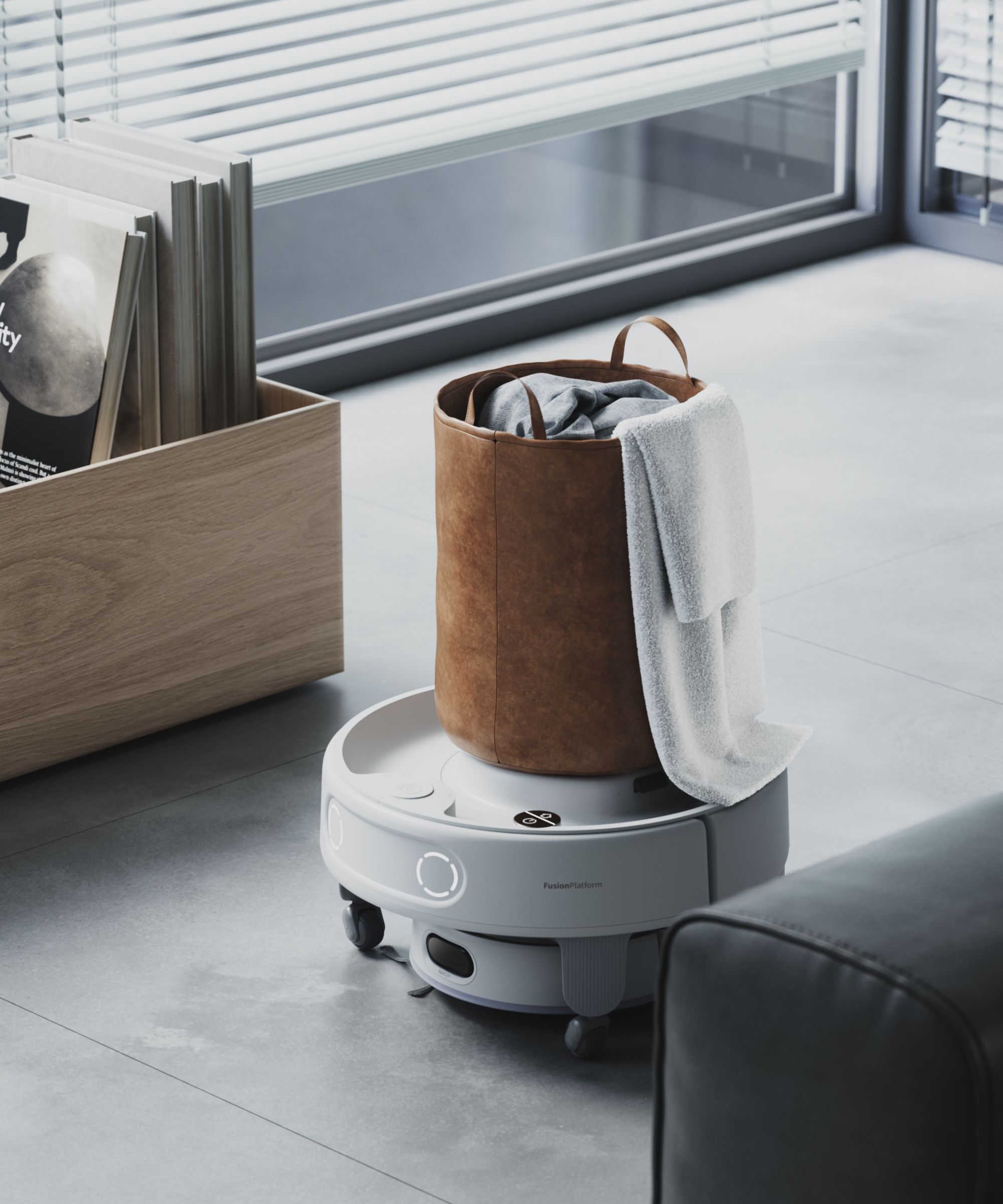
Some of the best robot vacuums have smart features that are truly useful. Think automatic mop cleaning and drying, alongside AI-learning of your home's spaces, uses, and schedules. It's the type of futuristic technology that genuinely improves our lives at home.
But other smart features found in some robots are less necessary. I've seen robot vacuums that can speak to family members while you're out the house – something our smartphones have been doing for years.
Or, there are robots that can take your clothes from one room to another as a quick laundry hack to save time, but unless the robot is able to drop the laundry off or put it away (it isn't), then it still requires you to go to the room you're sending the robot to.
These features can be a big help for anybody with limited mobility, but unless you really need them, I'd recommend opting for a cheaper model with smart features focused on cleaning. The eufy S1 Pro Omni is our current favorite, and its smart features include self-cleaning, targeted mopping and zone mapping.

The eufy S1 Pro Omni is everything you'd expect from a robot vacuum. It vacuums and mops thoroughly, and does as much of the work as possible so that you're completely hands-off until you need to refill the water tank, empty it or change a filter. We've also tested more affordable alternatives at our guide to the best robot vacuums for pet hair.
Read more at our full eufy S1 Pro Omni review.
4. Eco suction mode

Understanding what eco mode and runtime mean in a cordless vacuum can change how you choose your next upgrade. Eco mode is essentially a vacuum's lowest suction level, using as little energy as possible.
However, some brands use the term 'eco mode' to describe what most vacuum brands would call 'auto mode.' That is, where the vacuum automatically adjusts suction power depending on what it senses on your floors (this auto mode is seen in the Shark Cordless PowerDetect or Dyson V15 Detect).
Eco (auto) mode is absolutely a useful feature, making sure the high suction power is used when needed but the battery is preserved for longer cleaning sessions. But eco (low suction) mode isn't the useful feature you'd expect, as a cordless vacuum on its lowest suction setting doesn't achieve very much at all.
It might be enough as a vacuum for hardwood floors where suction power isn't as important, but most of the time, I have found it falls short during my tests. It might appeal to those of us who prefer eco-friendly choices and sustainable appliances, but you'll end up either using it at its normal power or getting rid of your vacuum after realizing it doesn't do enough to clean your floors.
If you are looking for a vacuum with eco-friendly credentials, go for a corded vacuum that's known for its longevity. When you compare corded vs cordless vacuums, cordless models don't tend to last as long, and their batteries will need replacing every few years.
Instead, the best Miele vacuums are known to last for over a decade, and they have warranties up to seven years. The Miele Blizzard CX1 is the best I've tested, and is the ideal balance of power and affordability compared to their pricier models.
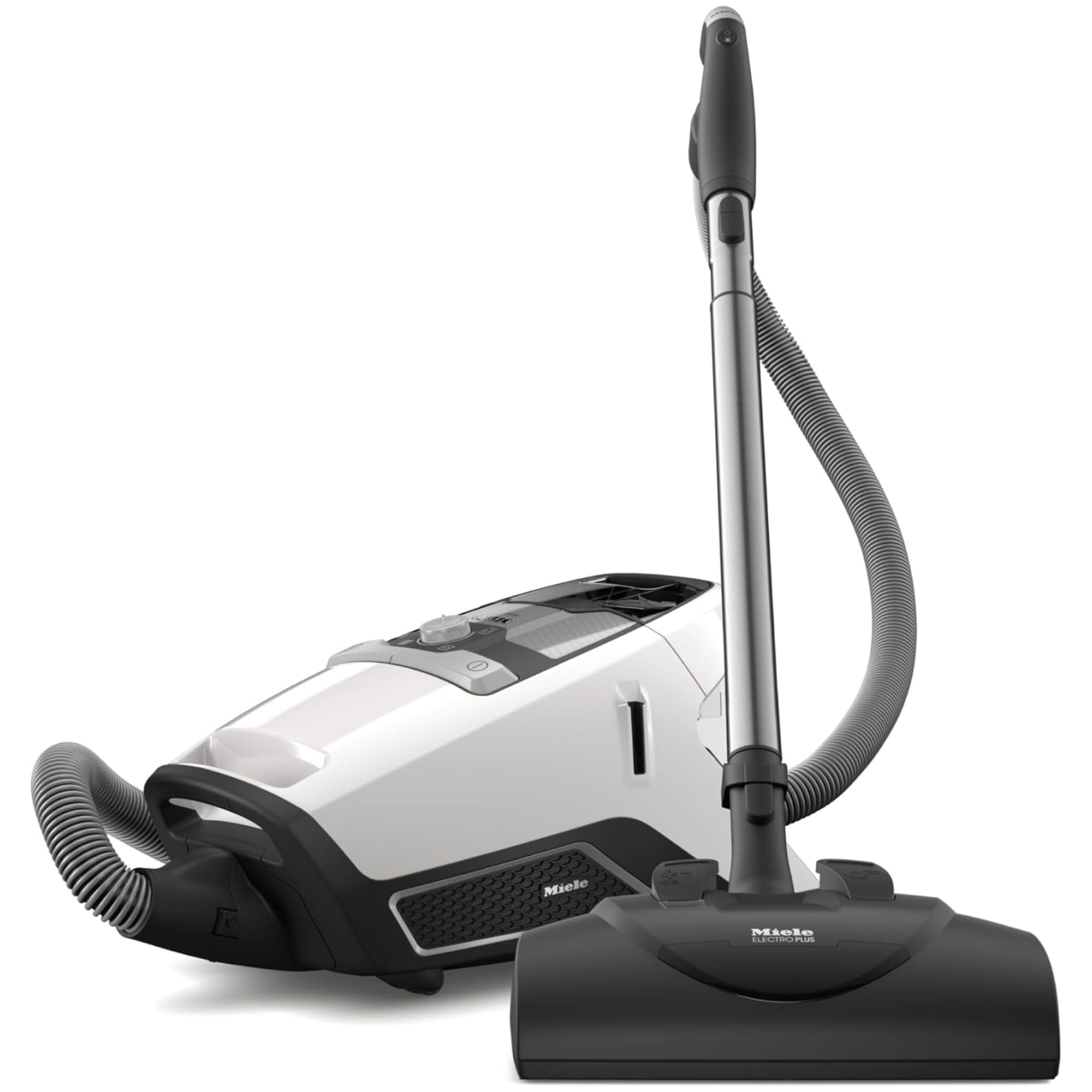
One of our favorite canister vacuums we've tested, the Miele Blizzard CX1 is a sleek and powerful model from a brand that's known to produce vacuums that last for years. It's bagless and corded, so there are no recurring costs or parts that need replacing.
Read more in my full Miele Blizzard CX1 review.
Don't forget – vacuum product pages are full of confusing terms and exaggerated claims. My vacuum jargon buster will clear them up.







